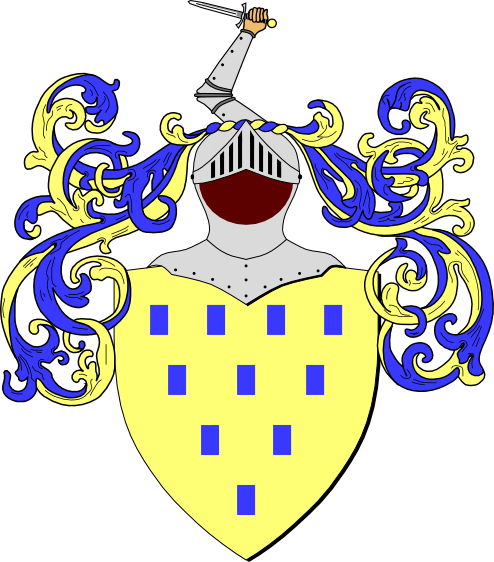


 Family Origins - Gazlay/Gazley
Family Origins - Gazlay/Gazley
Nearly all Gazlay/Gazley families in America claim a descent from a John Gazlay (referred to as John Gazlay I) who emigrated from England in 1715 or 1717. Missing from the collective American Gazlay records (and folklore) is the definitive link to England.
New! Download the 2009 Third Edition of English Origins of the Gazlay Family (.pdf, 1.4mb)
The English Origins of the Gazlay Family, by Lee Gazlay, compiles information from numerous published and unpublished sources, and draws some tentative conclusions about the Gazlay family history and the origins of the surname. The key conclusion demands emphasis:
John Gazlay I’s immediate English ancestors have not been positively identified.
Two families, one in the English county of Norfolk, the other in Bedfordshire, are presented in English Origins as possible ancestral families, but neither can be claimed as John I’s ancestors based on the current research.
The Gazlay surname most likely originates from the parish or village of Gazeley (the modern spelling) in Suffolk County, England. The name may trace to Norman-French origins or to earlier Anglo-Saxon or Old English origins, with a literal meaning “Gaegi’s Leah” (i.e., Gaegi’s meadow, wood, or clearing). However, various sources suggest other roots and meanings.
The earliest examples of individuals with names resembling “Gazlay” are found in Engilsh records of the thirteenth century, around the same time that references to the parish of Gazeley first appear. An examination of the growth and distribution of the surname over the intervening centuries suggests that the surname originated in or around the location of the village of Gazeley.

The only known person with a surname resembling Gazlay to be legitimately granted a coat of arms was Sir Stephen Gaselee, one of the judges of the Court of Common Pleas, and being conferred a Knight Bachelor on 27 April 1825. Sir Stephen’s arms, shown here as interpreted and drawn by the author, were recorded as “Or, ten billets az. four, three, two and one. Crest - an arm embowed in armour, holding in the hand ppr. a dagger ar. hilt and pommel or.”
A coat of arms can be colorful and eye-catching, and there is often a strong temptation to adopt or adapt another person’s coat of arms for one’s own or for one’s family. However, such arms would not be authentic, and may possibly be unlawful (as under British law).
An official coat of arms is always granted to an individual, never to a family.